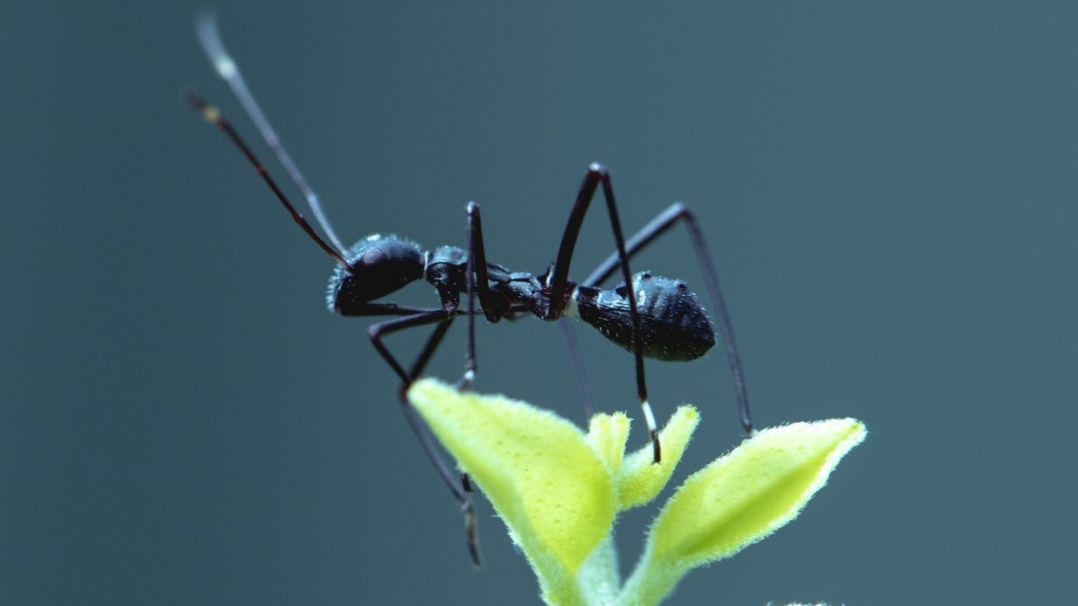Bacteria from Insects may create brand New Antibiotics
The largest global medical problems is the rise of antibiotic-resistant bacteria, to combat this issue, GPs have reduced amount of prescribed anti-biotics.
Insight
February 25, 2019

One of the largest global medical problems is the on-going rise of antibiotic-resistant bacteria. In 2018 the World Health Organisation (WHO) released surveillance data confirming that antibiotic resistance posed as a global threat. In the US an estimated 23’00 deaths occur per year due to antibiotic-resistant infections. In the UK Sepsis, an infection caused by antibiotic-resistant bacteria, kills over 44’000 people per year.
The Growing ResistanceIn an attempt to combat this growing issue, GPs have reduced the number of prescribed anti-biotics for illnesses such as the common cold or flu. Resistance to anti-biotics has seen the return of common infections that are now becoming medical problems. This therefore increases the demand of antibiotics, which in turn increases use of antibiotics and therefore the number of bacteria strains that mutate and become resistant. It has become a clear issue that if there are no new antibiotics any infection could become untreatable.Many of the antibiotics used today originate from bacteria that live in the soil. Now recent studies have revealed that bacteria living on insects could become key players in fighting common illnesses that are now drug-resistant superbugs.
Today’s AntibioticsMost types of antibiotics used today all derive from a specific species of bacteria called ‘Streptomyces’ that began evolving 400 million years ago. As they have evolved different strains of the species have adapted to different habitats such as soil and insects.Different strains of Streptomyces carry different chemical compounds that allow them to differ from one another. Scientists have been studying the Streptomyces bacteria expecting to find new strains that may create brand new drugs to combat the increasing antibiotic resistance.
Insect vs. SoilScientists at the University of Wisconsin-Madison have carried out the largest thorough investigation to date looking into ‘the antibiotic activity of microbes that live on insects’. In their investigation they tested and studied over 2’500 species of insects from ants to butterflies from various climates. Over 10’000 strains of bacteria were found on the insects. The scientists underwent strenuous testing of these bacterial strains as well as 7’000 strains that have come from various soils and plants.The team tested how well Streptomyces strains were able to stop the growth of 24 different germ cultures. Among them were germs that could cause serious harm, such as the superbug Staphylococcus Aureus, also known as MRSA.One of the discoveries the team found was a compound growing on the Cyphomyrmex Ant. The compound was tested and treated fungal infections in mice without leading to toxic side effects. The researchers have named the compound “Cyphomycin” and intend to do further testing.During the announcement the team stated that they were not surprised insects could be such a rich source of antibiotics, as an insect’s survival depends on evolving alongside microbes that help fight offensive pathogens. They concluded: “The promise of insect-associated Streptomyces as a new source of antimicrobials has the potential to reinvigorate the stagnated antibacterial and antifungal discovery pipelines.”


